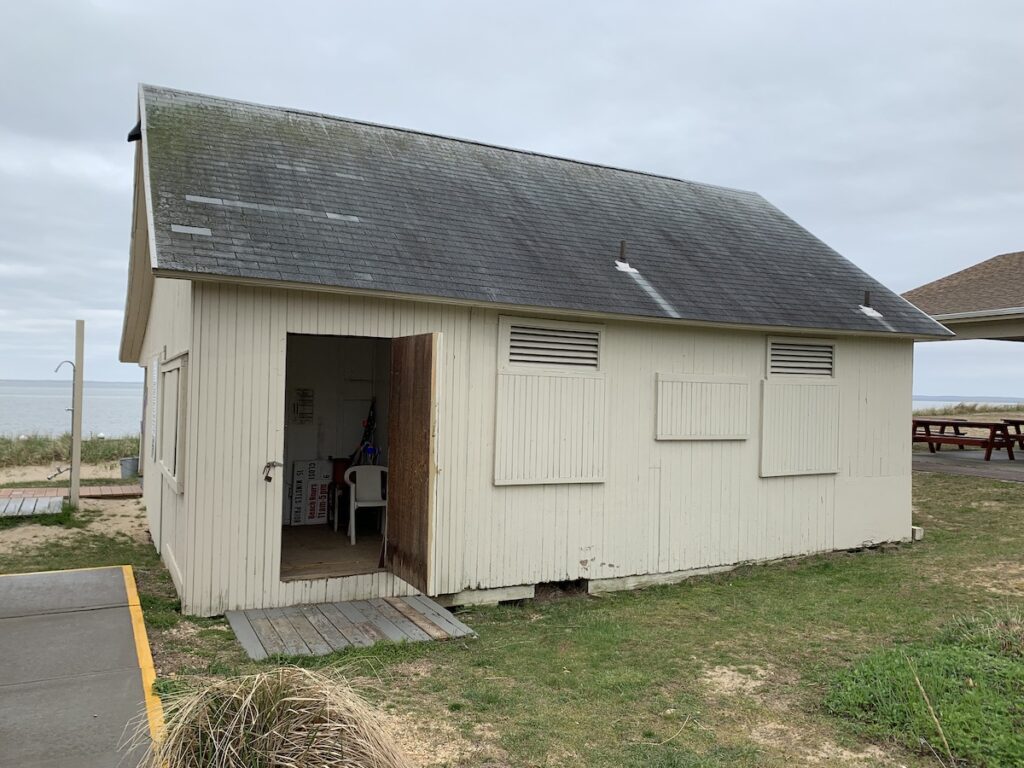Housing task force in Greenport Village to seek creative solutions to worsening problem

As the housing market in Greenport reaches dizzying heights, a new task force is searching for affordable solutions.
Village Trustee Julia Robins has founded a new committee to resolve what she says has grown into a housing crisis. While not an official village committee, the group falls under the oversight of Mayor George Hubbard Jr.
The task force will meet for the first time on Wednesday with eight members, including Ms. Robins, who bring an array of relevant expertise.
“I’m looking forward to it,” said Diana Gordon, a village Zoning Board of Appeals member on the task force. “I think Julia Robins’ idea that this is a crucial moment to address housing issues in Greenport is really important. We want to fit people into this village in a way that welcomes newcomers but preserves the wonderful atmosphere of the village for people who are already here. And particularly for lower income people who cannot afford the very high prices that houses are commanding now.”
More people may join the task force in the future, according to Ms. Robins. She expects the committee to meet twice a month, at least in the beginning, and plans to report back to the village board during work sessions.
Ms. Robins, a local real estate agent and a consistent advocate for affordable housing among the village trustees, said the price of houses in Greenport have shot up since the pandemic, a trend seen across the East End.
She pointed to statistics from MLS OneKey Market Report Generator.
The median sales price for a single family house in the Greenport school district for December 2021 was $799,000, as compared to $677,000 in December 2020. The average sales price for a single family house in the Greenport school district for December 2021 was $959,742, versus $796,523 the previous year.
“That’s really what’s created a huge problem here, which was already beginning before the pandemic, but the pandemic absolutely just skyrocketed the price of houses here and it’s made it totally out of the reach of most of the people that live and work here,” she said. “The reason I started this group is because I feel it’s destroying the community.”
Bidding wars have only pushed prices higher, she said.
“I’m in the process of selling a house right now. And I’ve had very few sales, two sales in the last year, because I’m not really participating in this crazy market, I find it extremely difficult to deal with, but, you know, I mean, I’ve sold something for like, $100,000 over the asking price. That’s crazy.”
Homes available to purchase or rent have been increasingly more expensive and hard to find, Ms. Robins said. She added that Greenport and Riverhead had been two areas with a significant number of year-round rentals that no longer exist.
“Everybody that has a rental right now pretty much is doing it as a seasonal rental, and again, the prices are absolutely astronomical,” she said.
The lack of affordable housing has exacerbated an ongoing staffing shortage that only worsened during the pandemic, and has made it more difficult for first responders to live in the village.
“As much as this is a great desirable area, people want to be here and everybody loves the small town feel of Greenport, that interest is actually destroying the community,” Ms. Robins said.
Ms. Gordon said “the pinch is the result of several different factors.” A boom in the short-term rental market has reduced availability for long-term rentals, and interest in Greenport homes skyrocketed during the pandemic.
One of the most important discussions the task force will have, she said, is “what we can do quickly that addresses the needs of the workforce for the North Fork, whether it’s accessory apartments in the downtown area [or] granny flats.”
The “emergency situation” calls for out-of-the-box thinking and creative solutions, according to Ms. Robins.
She said the task force might look into zoning changes to increase housing density, although Greenport is already “pretty heavily packed.” The village trustees are also looking into allowing accessory apartments, whether that means creating an apartment in the house or converting an accessory building, she said.
“The challenge with that is, you know, if people are going to spend that kind of money to do that, they have to charge enough rent and will the rents be affordable? And how do we encourage them and incent them to rent year-around and charge a rent that people can afford?” Ms. Robins said.
The state is also considering eliminating single-family zoning because “it doesn’t offer the incentive for people then to create more housing on a single piece of land,” she added.
Ms. Robins said the task force may also discuss lowering the minimum square footage allowed per apartment and she’s interested in looking into developing land to be leased for the use of manufactured homes.
Ms. Robins said she has also reached out to trustees from Sag Harbor who proposed a code revision to make the entire village an Affordable Housing overlay district.
“I love Greenport. I didn’t grow up here, but my son did. And, you know, I know the local people here,” she said. “Basically, I’m trying to save the community. That’s where I’m coming from. I think it will be just a disaster for Greenport and the entire North Fork if we’ve lost that sense of community.”








